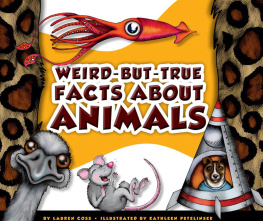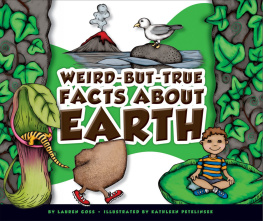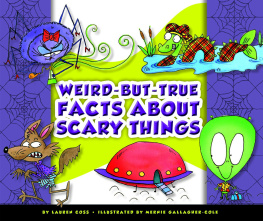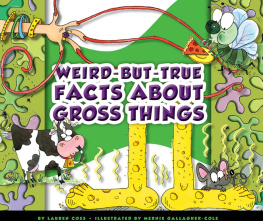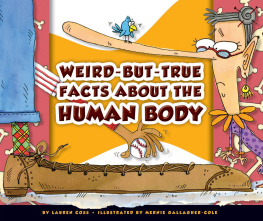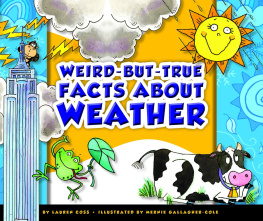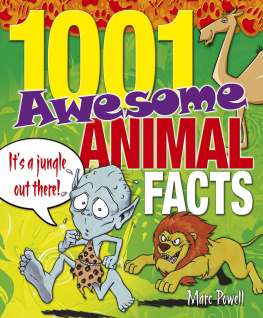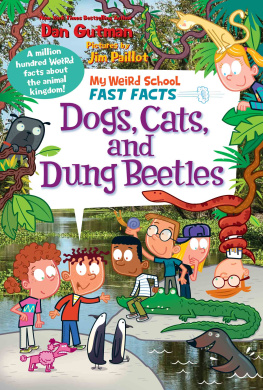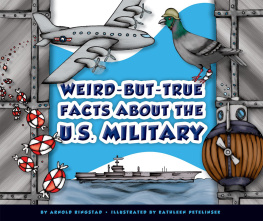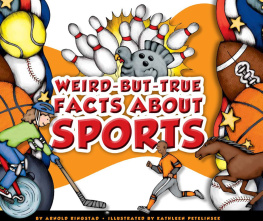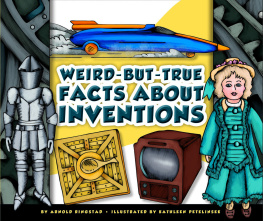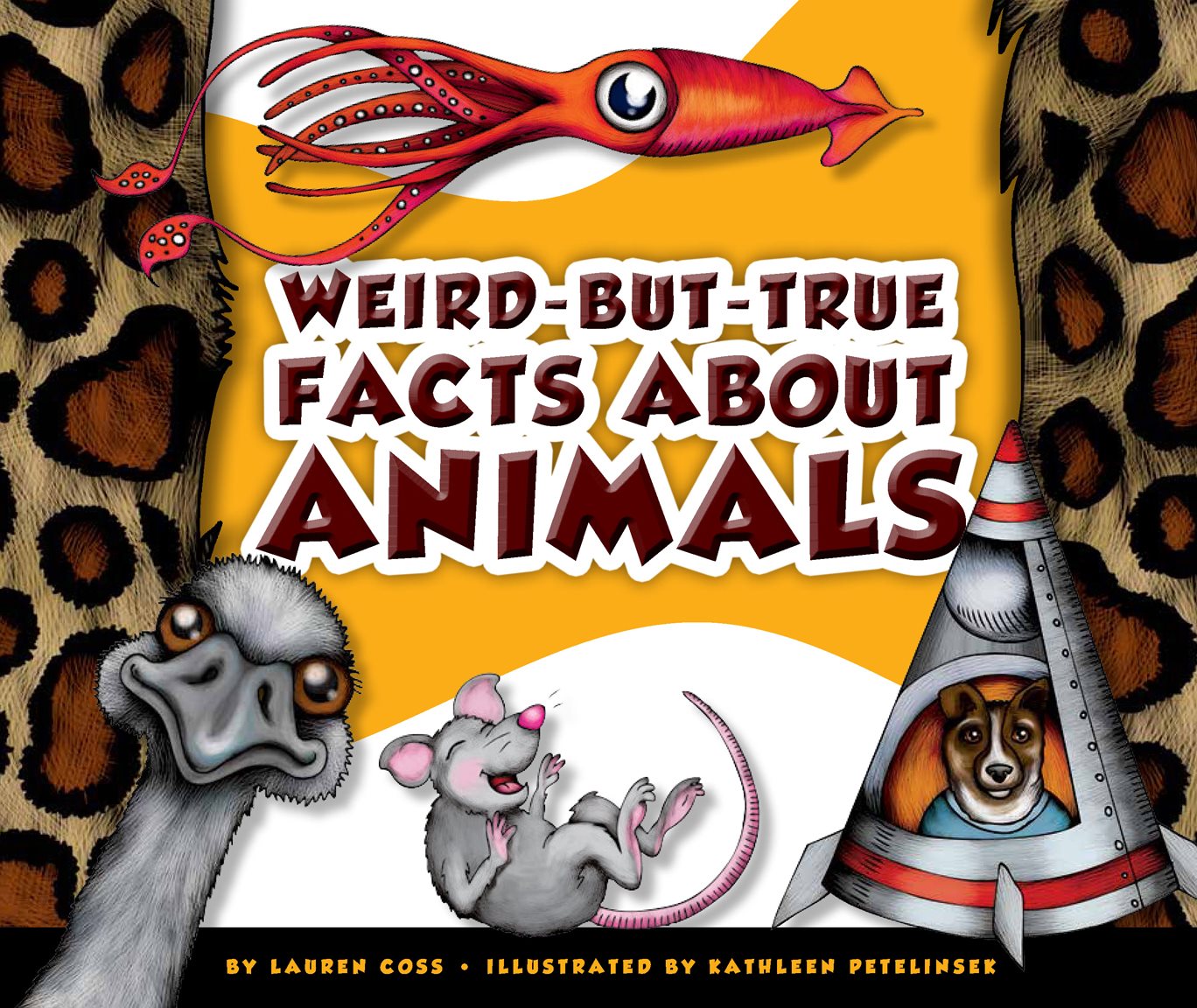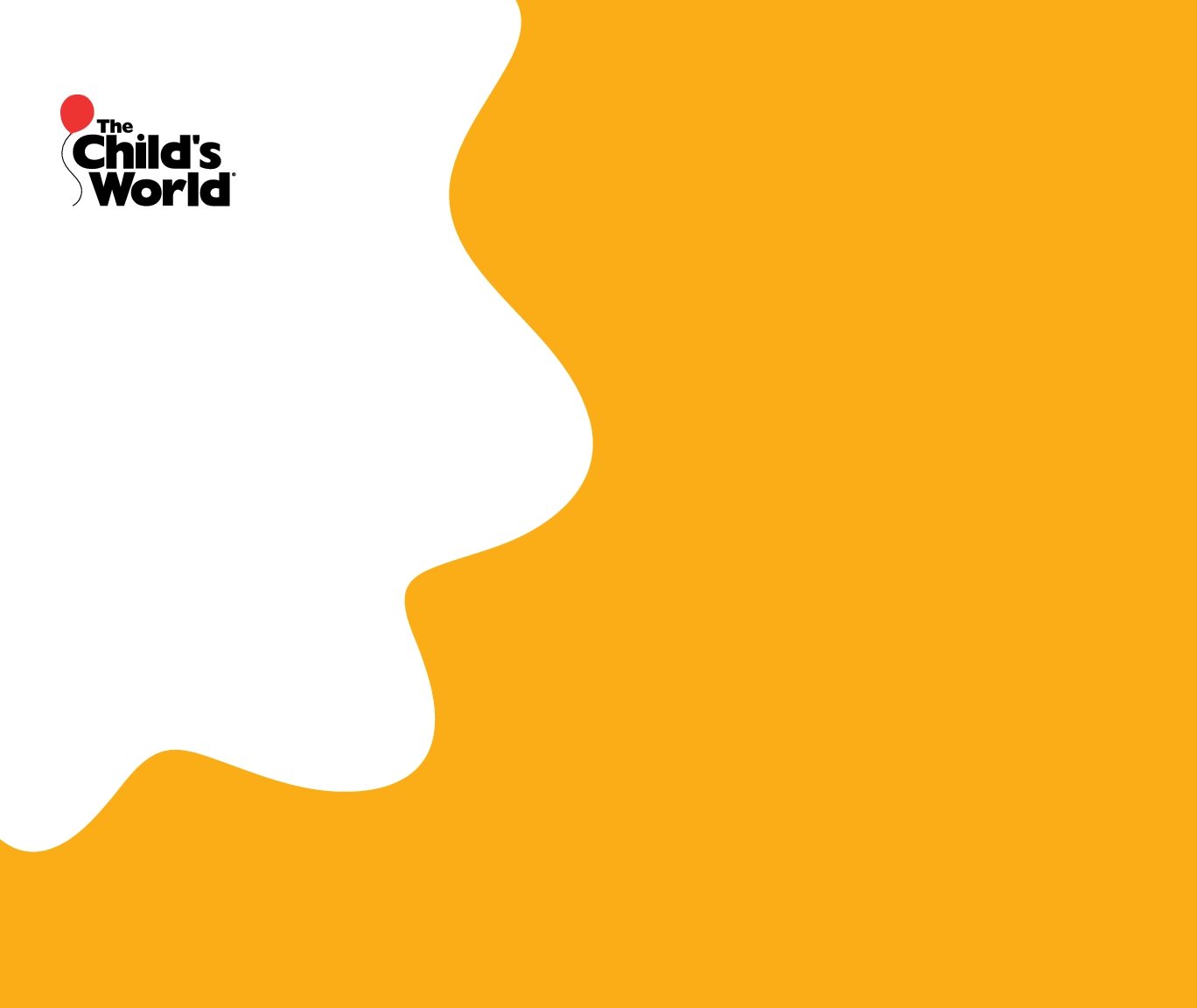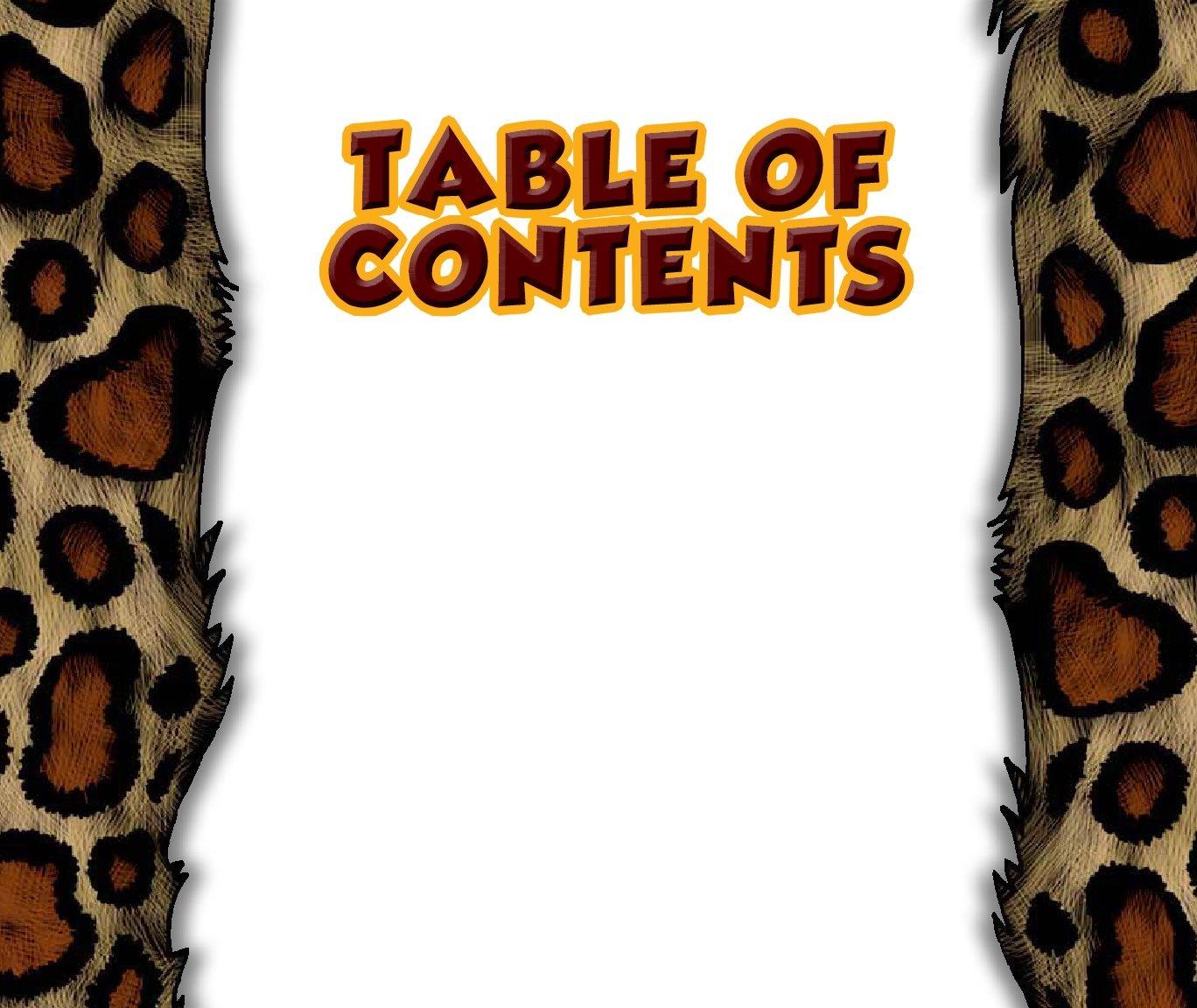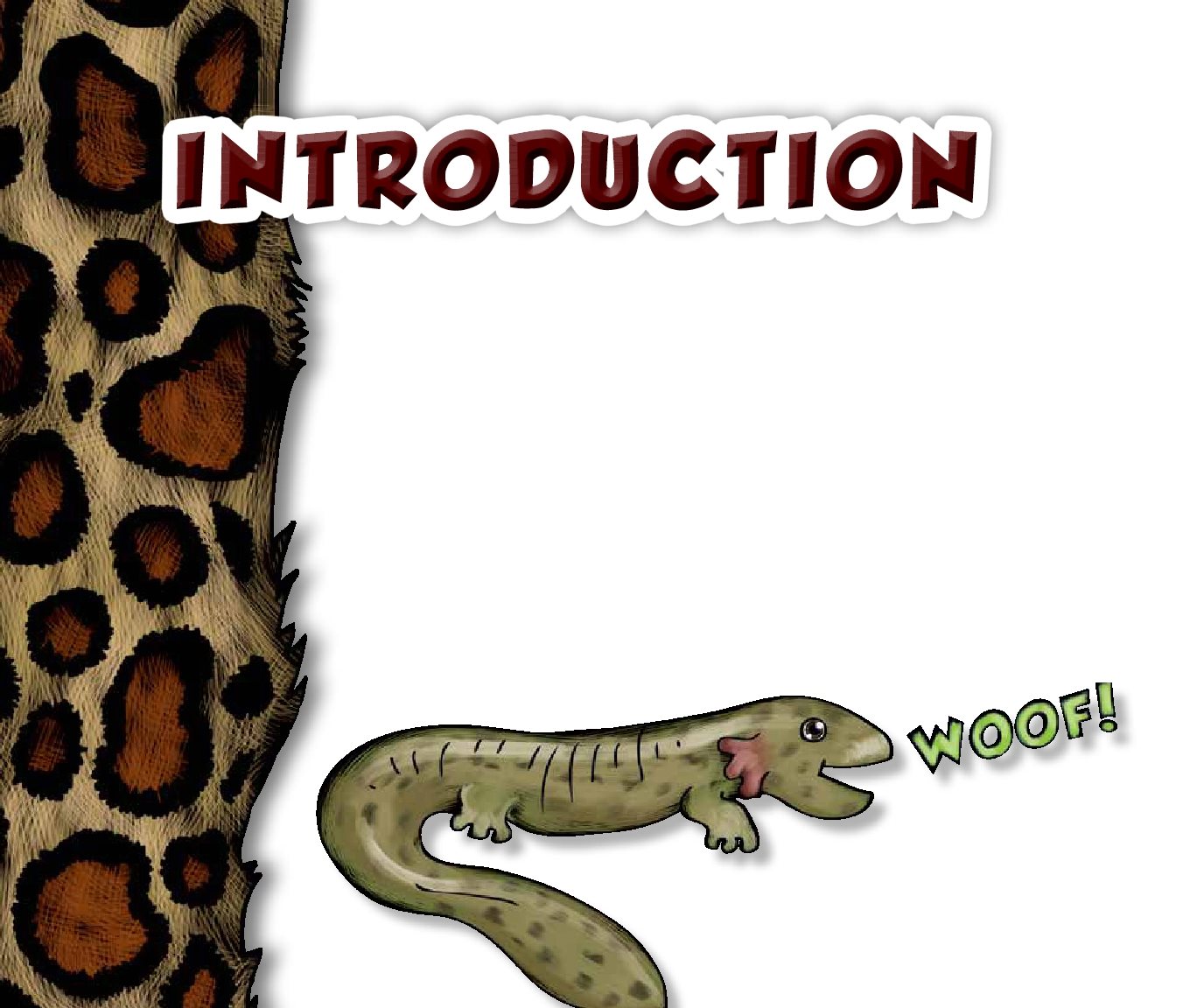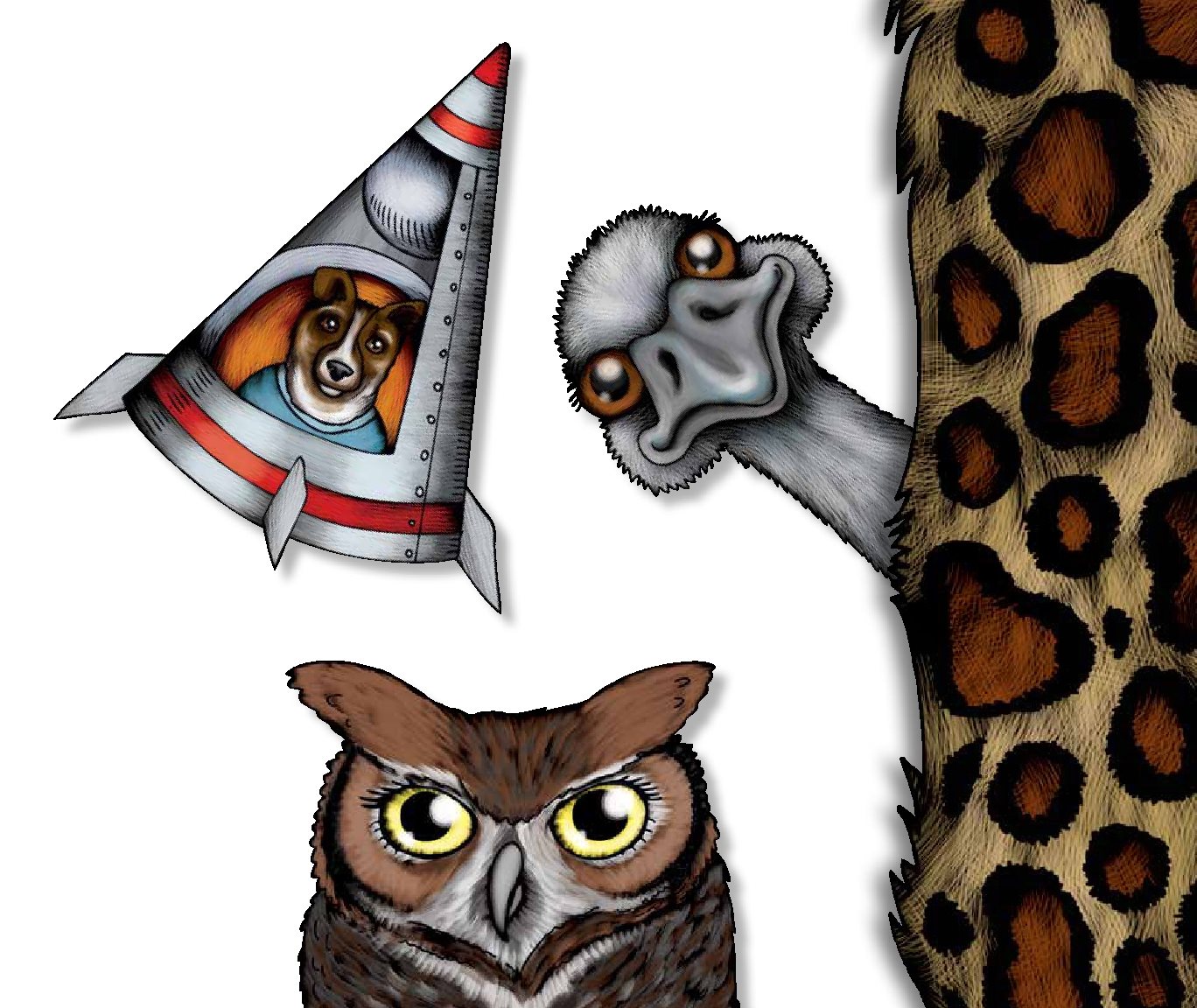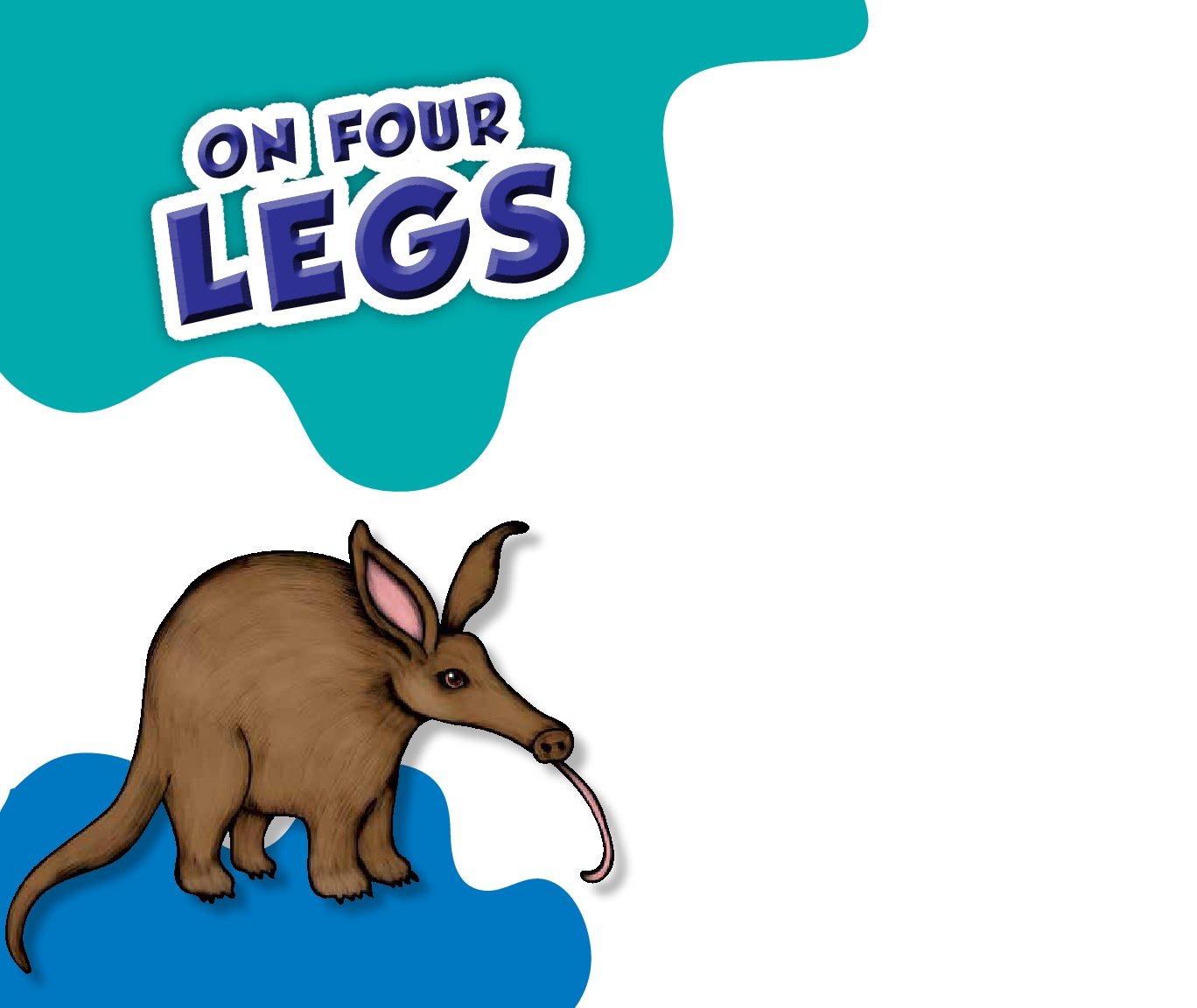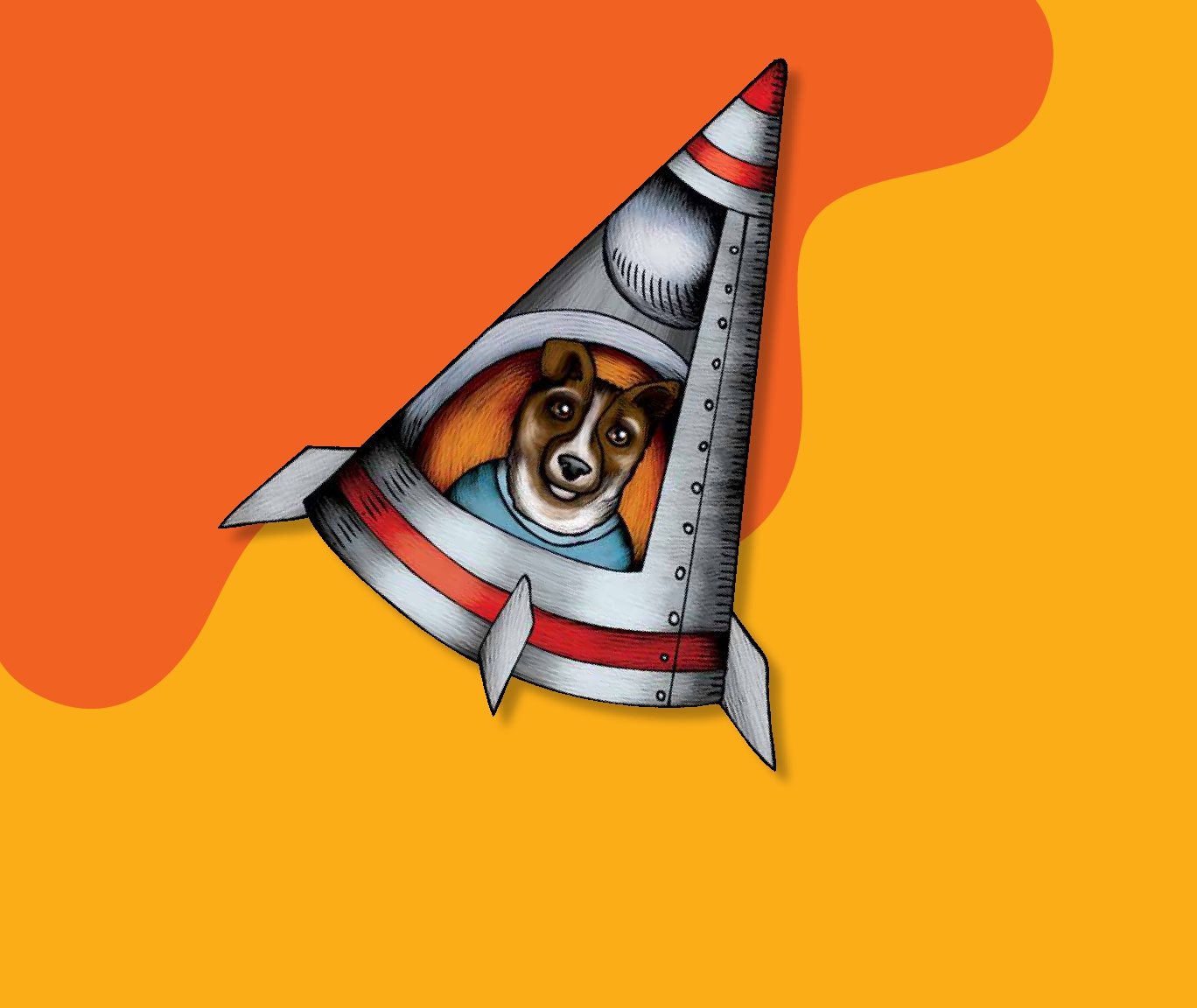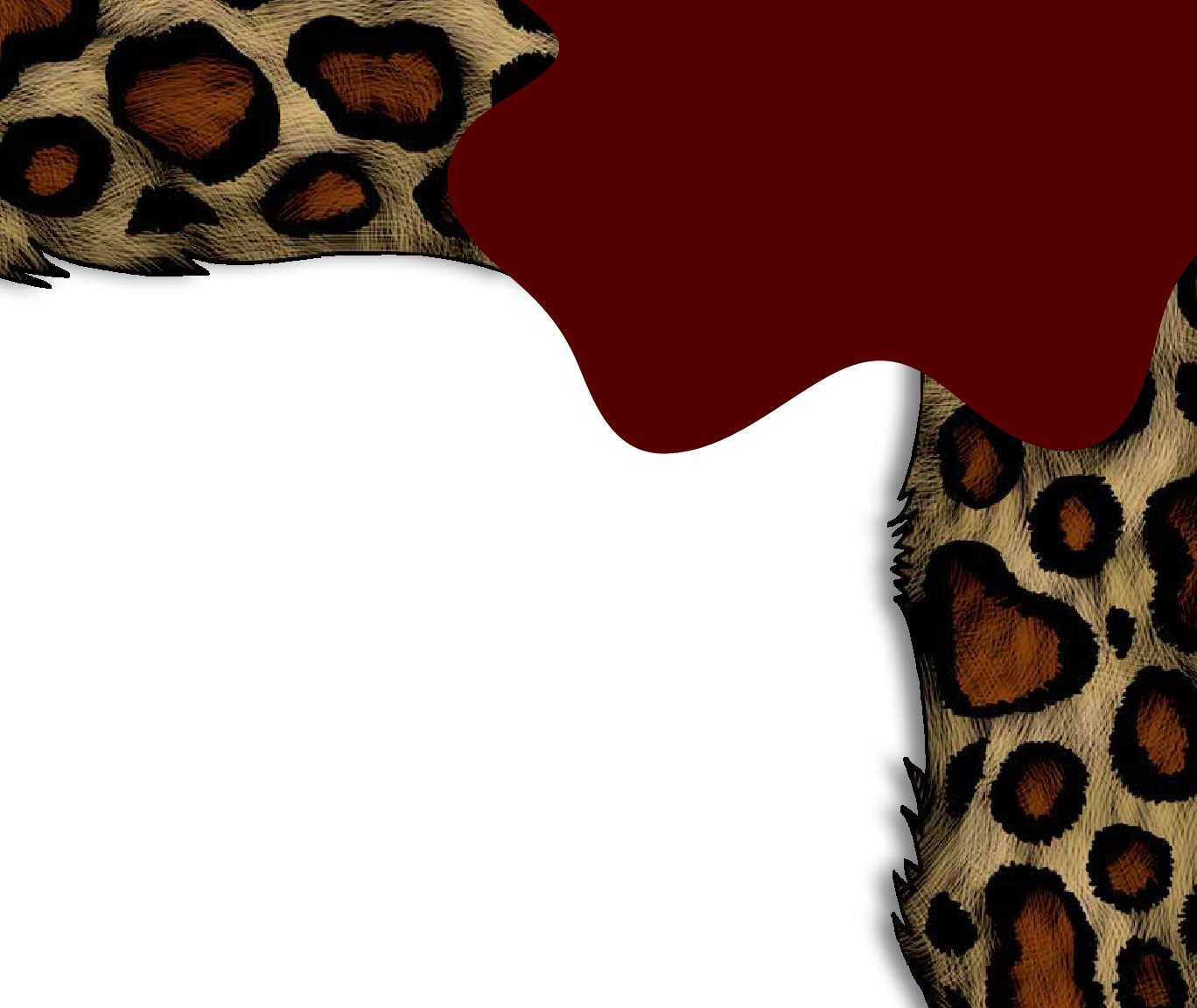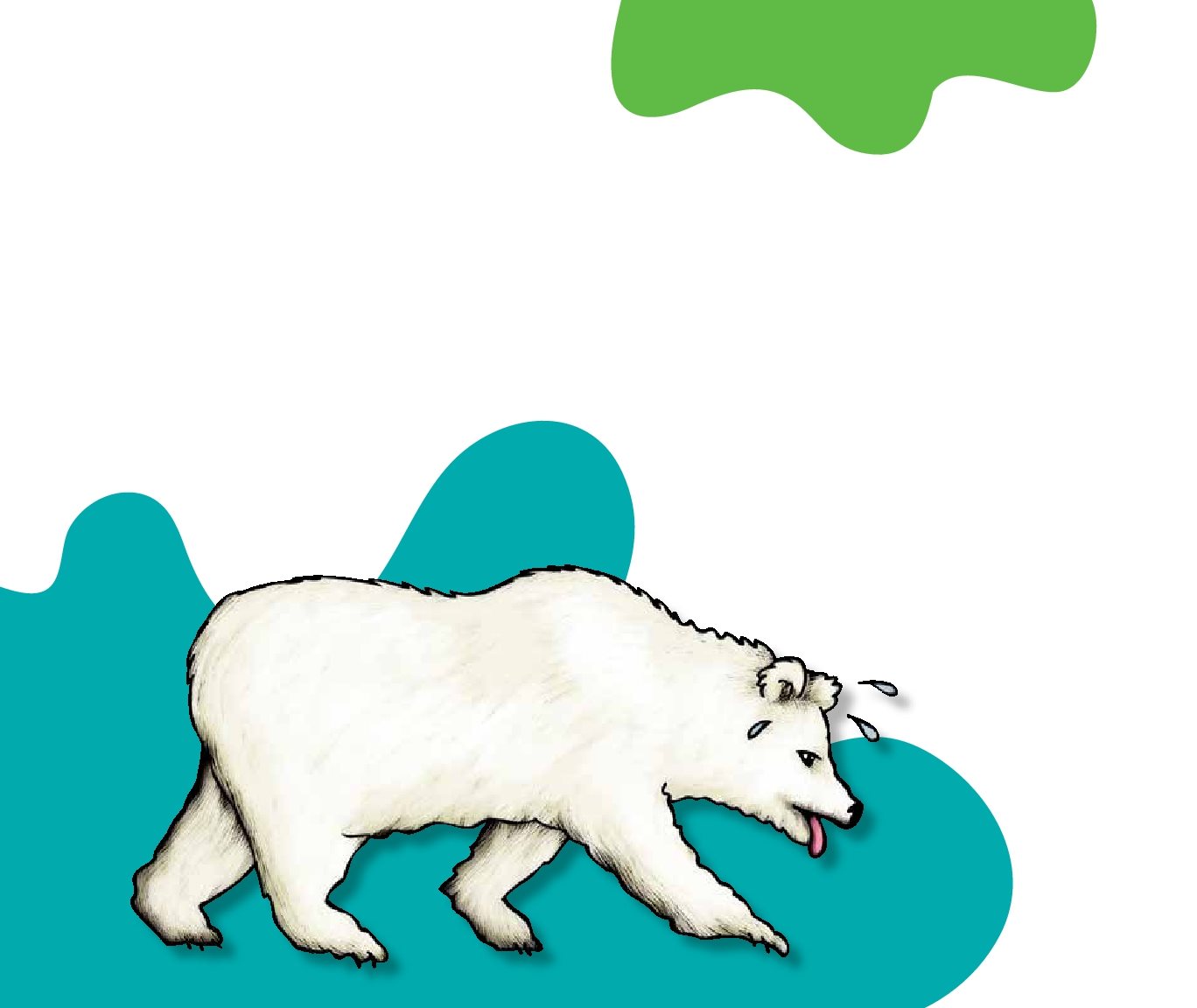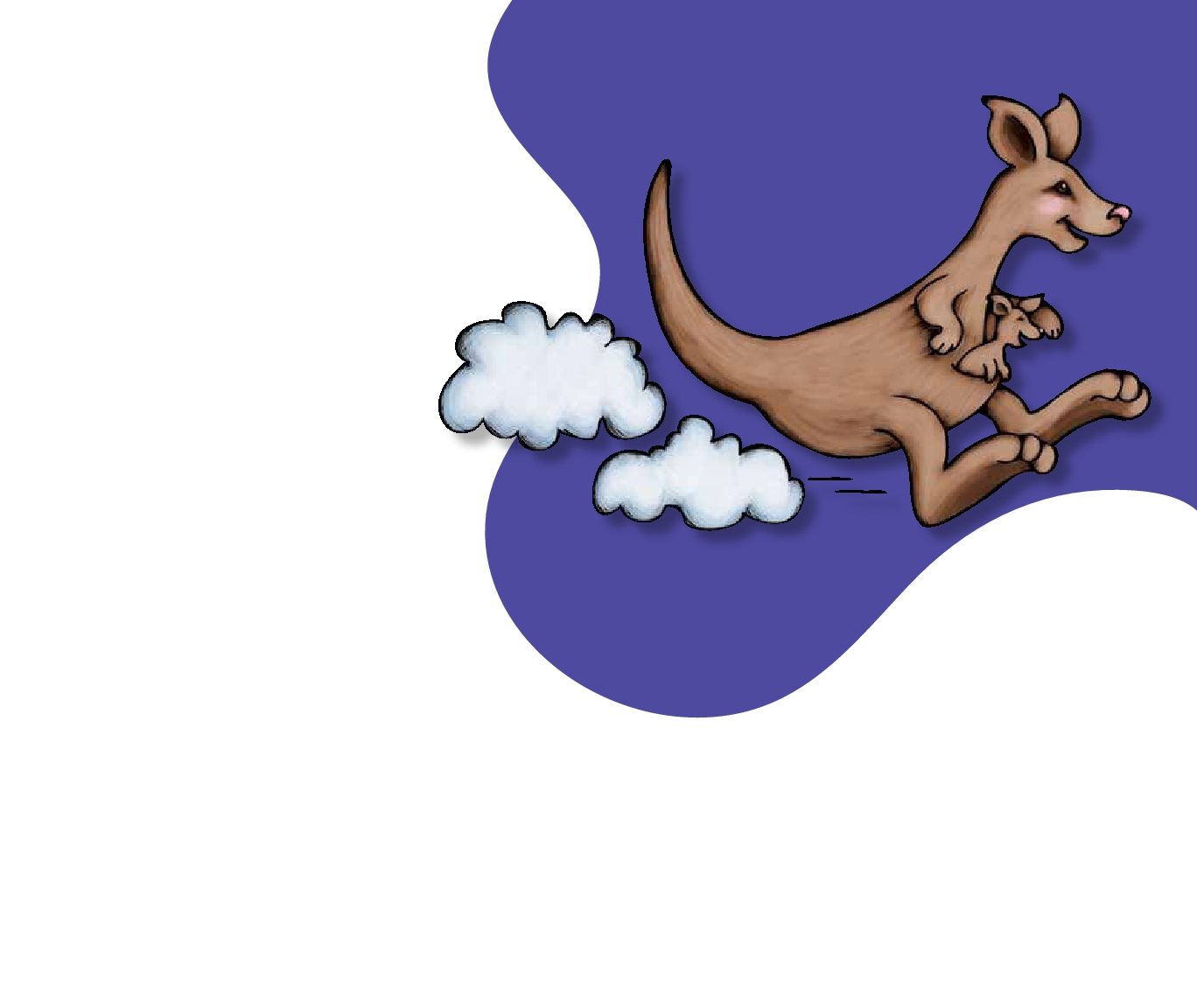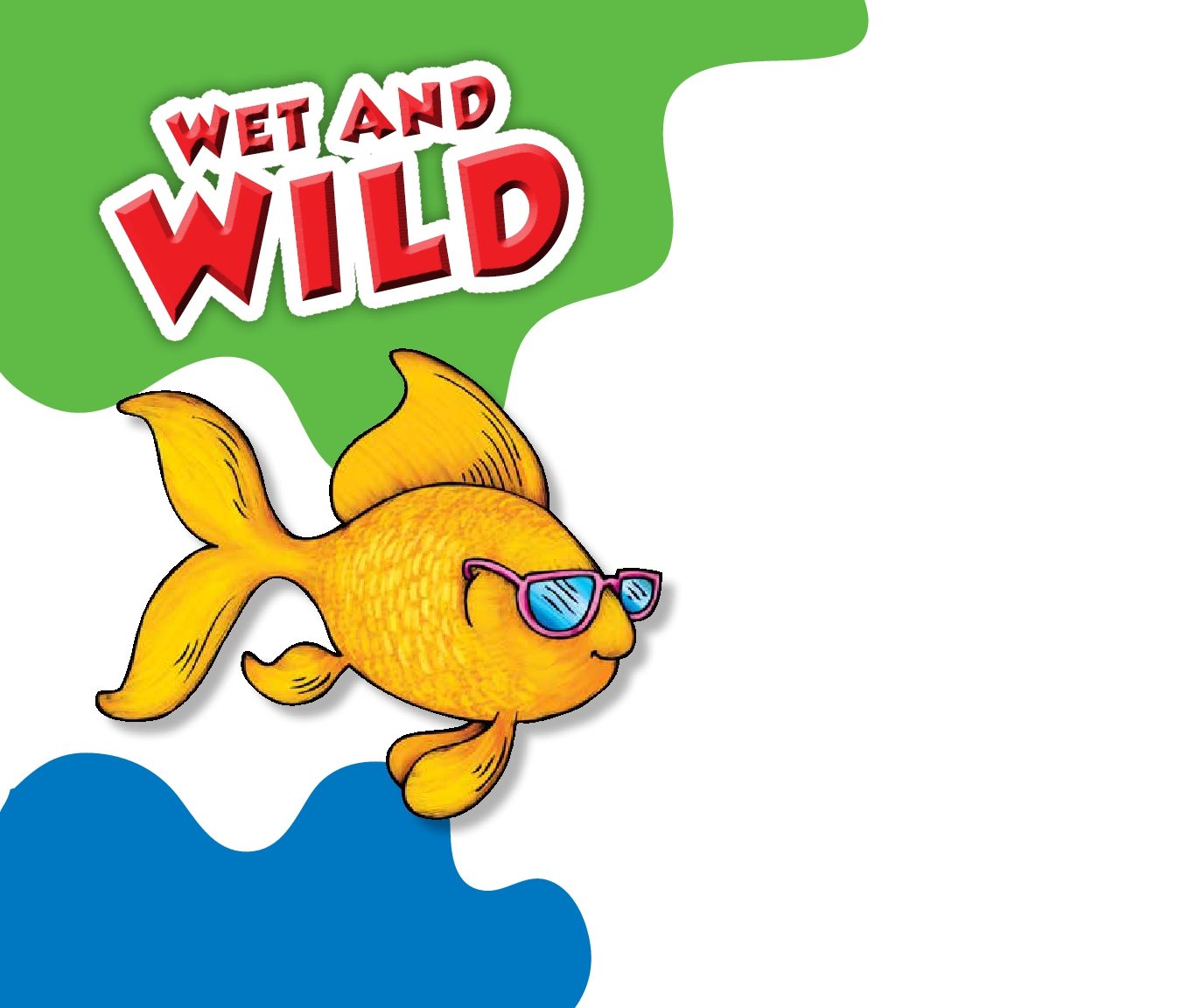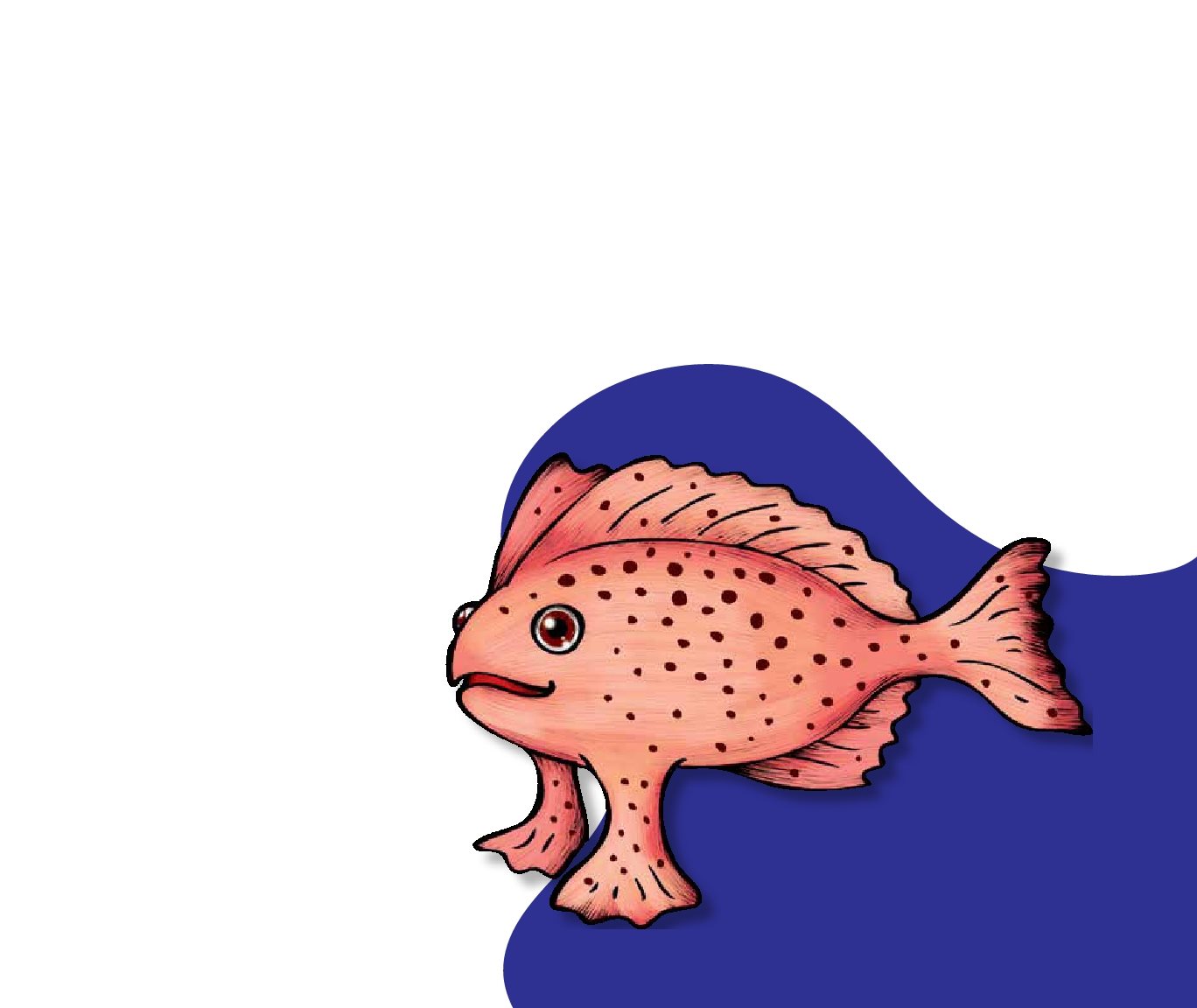Published by The Childs World
1980 Lookout Drive Mankato, MN 56003-1705
800-599-READ www.childsworld.com
Acknowledgments
The Childs World: Mary Berendes, Publishing Director
Red Line Editorial: Editorial direction
The Design Lab: Design
Amnet: Production
Copyright 2013 by The Childs World
All rights reserved. No part of this book may be
reproduced or utilized in any form or by any means
without written permission from the publisher.
ISBN 9781614734123
LCCN 2012946519
Printed in the United States of America
Mankato, MN
November, 2012
PA02143
About the Author
Lauren Coss is a writer and editor who
lives in Saint Paul, Minnesota. She loves
learning new facts, and her favorite
animal is her dog, Angel.
About the Illustrator
Kathleen Petelinsek loves to draw and
paint. She lives next to a lake in southern
Minnesota with her husband, Dale; two
daughters, Leah and Anna; two dogs,
Gary and Rex; and her fluffy cat, Emma.
The animal kingdom is an awesome place.
Animals fly high in the skies and dig deep
underground. They live in lake bottoms,
caves, and the tops of trees. Some animals
are so strange they might seem as if they
are from another planet! Get ready to learn
some fascinating facts about big and small
animals across the globe. And remember,
even though these facts may seem weird,
they are all true!
If you are in a
Southeast Asian
forest and smell
buttery popcorn,
it might be a
binturong.
The binturong is a small mammal
nicknamed the bearcat. It
naturally smells like popcorn.
An aardvarks
tongue can be
up to 1 foot
(.3 m) long.
Most aardvarks are about the
size of a large pig, so that is an
enormous tongue! They use it to
lick termites out of their mounds.
A three-toed
sloth only
spends 10
percent of its
life moving.
It spends the rest of its
time sleeping in trees.
Tasmanian devils
yawn when they
are threatened.
But dont be fooled. They are actually
one of the most aggressive mammals
in the animal world.
The first living creature in space
was a dog named Laika.
She was sent into orbit in 1957 after months of training.
A cow poops
an average of
120 pounds
(54.4 kg) every day.
That is as much as a small adult
woman weighs.
Cheetahs can run
more than 60 miles
per hour (97 km/h).
They are the fastest land animal and can
go from 0 to 60 miles per hour (97 km/h)
in three seconds.
The star-nosed mole can
smell underwater.
This strange-looking animal has a pink snout made up
of 22 tentacles. The mole uses this unusual nose to blow
bubbles underwater. When the bubbles touch a tasty
creature, such as a small fish, the mole gets a whiff of it.
Rats are ticklish and
laugh when they are
tickled.
Scientists tickled rats and measured their
responses. The rats made happy chirps as if they
enjoyed the tickling. They even came back for more
after the scientists stopped tickling them.
Koalas have
fingerprints just
like humans.
In fact, they are so similar, it is
almost impossible to tell them
apart from human fingerprints.
Coyotes and badgers
often hunt as a team.
The coyote chases the prey above
ground, and the badger follows the prey
into a burrow. According to scientists,
coyotes that hunt with a badger catch
one-third more prey than coyotes
hunting alone.
A lions roar
can be heard
from 5 miles
(8 km) away.
Lions are very territorial, and they
use their powerful roar to warn off
intruders that are getting too close.
There are more
sheep than people
in New Zealand.
With approximately 40.1 million
sheep and 4.18 million people on
the island, there are ten sheep
per person.
Even though
they live very
far north, polar
bears are more
likely to overheat
than to freeze.
Their bodies are very good at
keeping in heat. Because of this,
they would rather walk than run.
Porcupines
float.
A porcupines quills
have a filling similar to a
sponge that allows it to
float in water.
Camels, cats,
and polar
bears have
three eyelids.
Kangaroos have to hop everywhere
because their legs cannot move separately.
They can hop up to 35 miles per hour (56 km/h).
A goldfish
is only gold if
it stays in
the sunlight.
Goldfish have pigmentation
just like humans. Without
regular sunlight, they turn a
shade of grayish white.
Seahorses have
no stomachs.
This means they have to
eat almost nonstop so they
dont starve.
An octopus can squeeze through
a space as small as its eye.
Octopuses have no skeletons, so they can form their bodies into narrow

